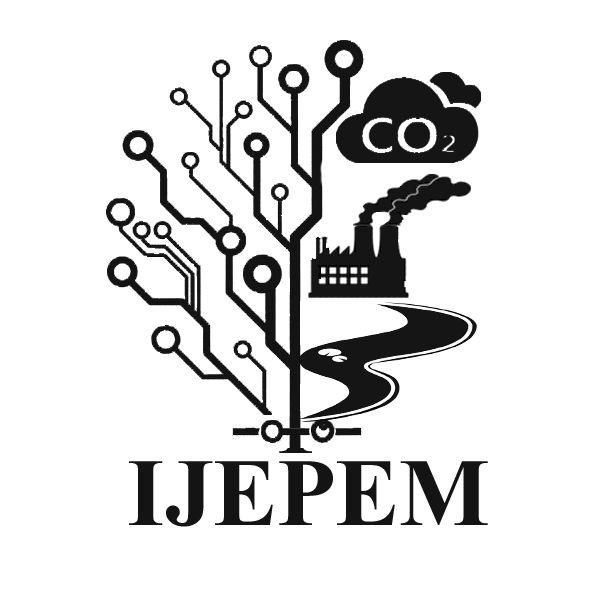
International Journal of Environmental Pollution and Environmental Modelling
Yazarlar: Richard BALTHI MSHELİA, İbraheem SHEHU DİSO, Abdullahi AUDU ADAMU
Konular:Çevre Mühendisliği
Anahtar Kelimeler:Carbon footprint,Greenhouse gases,Municipal solid waste,Solid waste management,Simulation,Waste to energy
Özet: Planning is an essential part of solid waste management (SWM), a city’s ability to predict the quantities of solid waste is crucial to its medium and long-term solid waste management plans. In this research, a projection of the quantities of Yola’s solid waste for a period of 16 years was made. A corresponding projection of the quantities of greenhouse gases that will be emitted into the atmosphere within that period envisaging three different SWM scenarios was also made using İller Bankası method. The first scenario being the existing practice of open dumping. The second open burning, the third - incineration with electricity recovery. Institute for Global Environmental Strategies simulation tool for greenhouse gas emissions from solid waste management was used for the analysis of the greenhouse gases emissions. It was found that by the end of the 16 years being forecasted, 963,276 tonnes of solid wastes would have been dumped at the dumpsite in the city. The study also found that if this waste accumulated over this 16-year period are to be managed based on the three scenarios envisaged, 337,822tCO2eq, 444,825tCO2eq and 250,461tCO2eq would have been emitted into the atmosphere respectively. The study recommended that reduction in the per capita waste generation of the city should be encouraged. In addition, incineration with energy recovery should be adopted since it is the most environmentally friendly method for managing the huge quantities of solid waste disposed of in the city’s dumpsites.